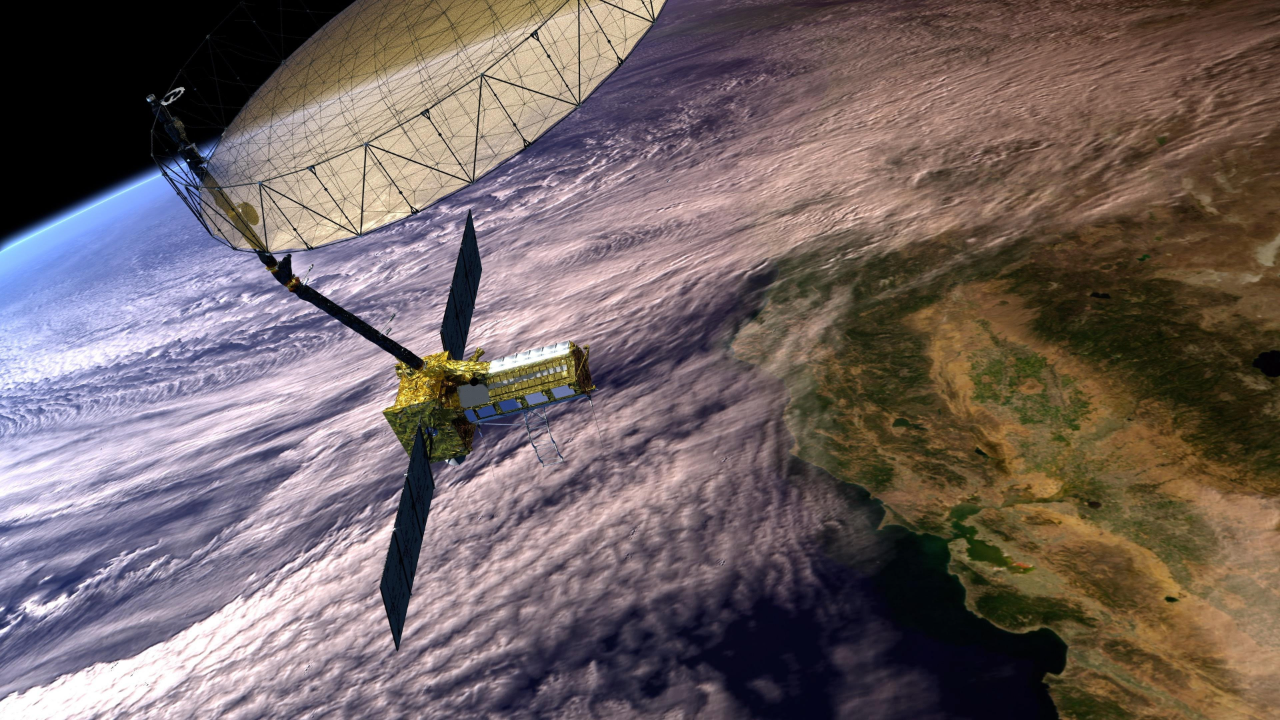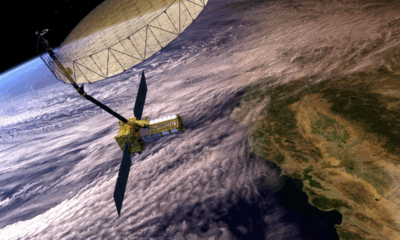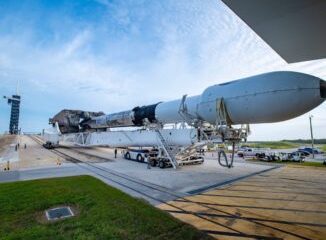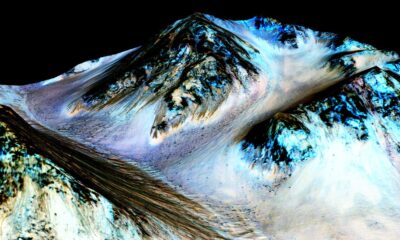Science
India and NASA Prepare for NISAR Satellite Launch on July 30

The Indian Space Research Organization (ISRO) and NASA are set to launch the NISAR Earth-observing satellite on July 30, 2023. A Geosynchronous Satellite Launch Vehicle Mark II (GSLV Mk II) has been transported to the launch pad at the Satish Dhawan Space Centre in Sriharikota, India. Liftoff is scheduled for 8:10 a.m. EDT (12:10 GMT; 5:40 p.m. India Standard Time).
The GSLV Mk II, standing nearly 170 feet (52 meters) tall, is India’s most powerful rocket. It features an expendable, three-stage design, with a first stage weighing 138 tons and supported by four liquid-fueled boosters. The second stage is powered by a hypergolic liquid-propelled Vikas engine, while the third stage employs the Indian-developed Cryogenic Upper Stage (CUS) for orbital insertion.
NISAR, which stands for NASA-ISRO Synthetic Aperture Radar, is described as “the most sophisticated radar we have ever built,” according to Karen St. Germain, NASA’s Director of Earth Science. This satellite will utilize advanced radar technology to monitor changes on Earth with a precision of up to one centimeter. It is designed to capture images of land, ice, and select ocean areas every 12 days.
Critical Applications of NISAR
St. Germain emphasized the significant applications of NISAR, stating, “With NISAR, we will see the precursors to natural hazards such as earthquakes, landslides, and volcanoes.” The satellite will also track human-induced changes, including agricultural practices, water usage, and infrastructural developments.
She added, “We will put NISAR science and observations to work guiding and informing decisions so we can abundantly feed ourselves, safely build housing and transportation systems, and better prepare for and respond to natural hazards.”
NISAR’s deployment will occur approximately 18.5 minutes after launch, when it reaches a circular polar orbit at an altitude of 464 miles (747 kilometers). The satellite’s mission is anticipated to last at least five years, contributing valuable data to global scientific efforts.
This collaboration between ISRO and NASA marks a significant milestone in Earth observation technology, promising to enhance our understanding of both natural phenomena and human activities. The launch can be viewed live on NASA’s official platforms, engaging viewers worldwide in this historic event.
-

 Lifestyle2 weeks ago
Lifestyle2 weeks agoBelton Family Reunites After Daughter Survives Hill Country Floods
-

 Education2 weeks ago
Education2 weeks agoWinter Park School’s Grade Drops to C, Parents Express Concerns
-

 Technology2 weeks ago
Technology2 weeks agoMeta Initiates $60B AI Data Center Expansion, Starting in Ohio
-

 Technology2 weeks ago
Technology2 weeks agoByteDance Ventures into Mixed Reality with New Headset Development
-

 Lifestyle2 weeks ago
Lifestyle2 weeks agoNew Restaurants Transform Minneapolis Dining Scene with Music and Flavor
-

 Technology1 week ago
Technology1 week agoMathieu van der Poel Withdraws from Tour de France Due to Pneumonia
-

 Technology1 week ago
Technology1 week agoDiscover the Top 10 Calorie Counting Apps of 2025
-

 Technology2 weeks ago
Technology2 weeks agoRecovering a Suspended TikTok Account: A Step-by-Step Guide
-

 Health2 weeks ago
Health2 weeks agoSudden Vision Loss: Warning Signs of Stroke and Dietary Solutions
-

 Technology2 weeks ago
Technology2 weeks agoGlobal Market for Air Quality Technologies to Hit $419 Billion by 2033
-

 Technology2 days ago
Technology2 days agoHarmonic Launches AI Chatbot App to Transform Mathematical Reasoning
-

 Technology2 weeks ago
Technology2 weeks agoTrump Faces Internal Struggles Over Epstein Files Handling





















